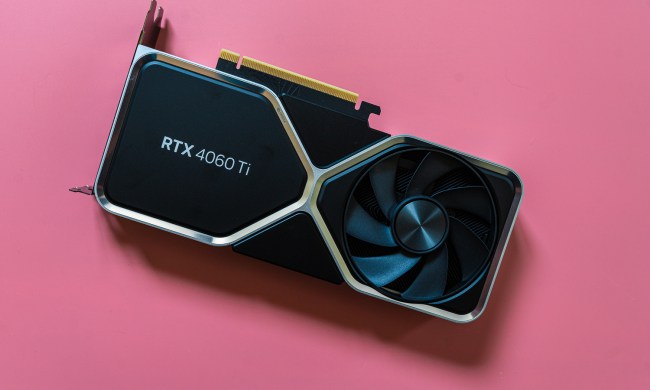
Ferrari is the latest automaker to retire the clutch pedal, a move that will probably seem like a gut punch to fans of stick shifts, but isn’t too surprising given the low sales of manuals in Ferraris and other high-end performance cars over the past few years. And that’s not even the primary reason why Ferrari is ditching manuals.
“Ferrari is design, performance, and state-of-the-art technologies. There’s no manual transmission that can beat this performance and therefore we have decided to stay on the double-clutch gearbox,” Michael Hugo Leiters, the automaker’s chief technology officer, said in an interview with Motor Authority at the recent 2016 Paris Motor Show. Even a well-shifted manual can’t match the speed of modern dual-clutch transmissions, after all.
Read more: 2016 Ferrari 488 GTB first drive
That argument is a compelling one for manufacturers constantly looking to increase the performance of their cars, both to win over consumers and to achieve bragging rights. For decades, manual transmissions had a performance advantage over those without clutch pedals, but today’s dual-clutch transmissions have erased that advantage. They shift faster, and they help carmakers snag customers that might have been discouraged by having to master a manual.
Ferrari isn’t alone in leaving the manual transmission behind. Lamborghini and McLaren don’t have a single manual between them, and Porsche has made the dual-clutch PDK transmission mandatory on the highest-performance versions of its 911. Porsche still offers manuals on lower-level models, though, and Aston Martin still offers them throughout its range.
Manuals are also much easier to find on less-expensive cars. Once you leave the six-figure realm, they start to become more common on performance cars. The manual transmission is definitely on the endangered species list, but it’s not extinct … yet.


